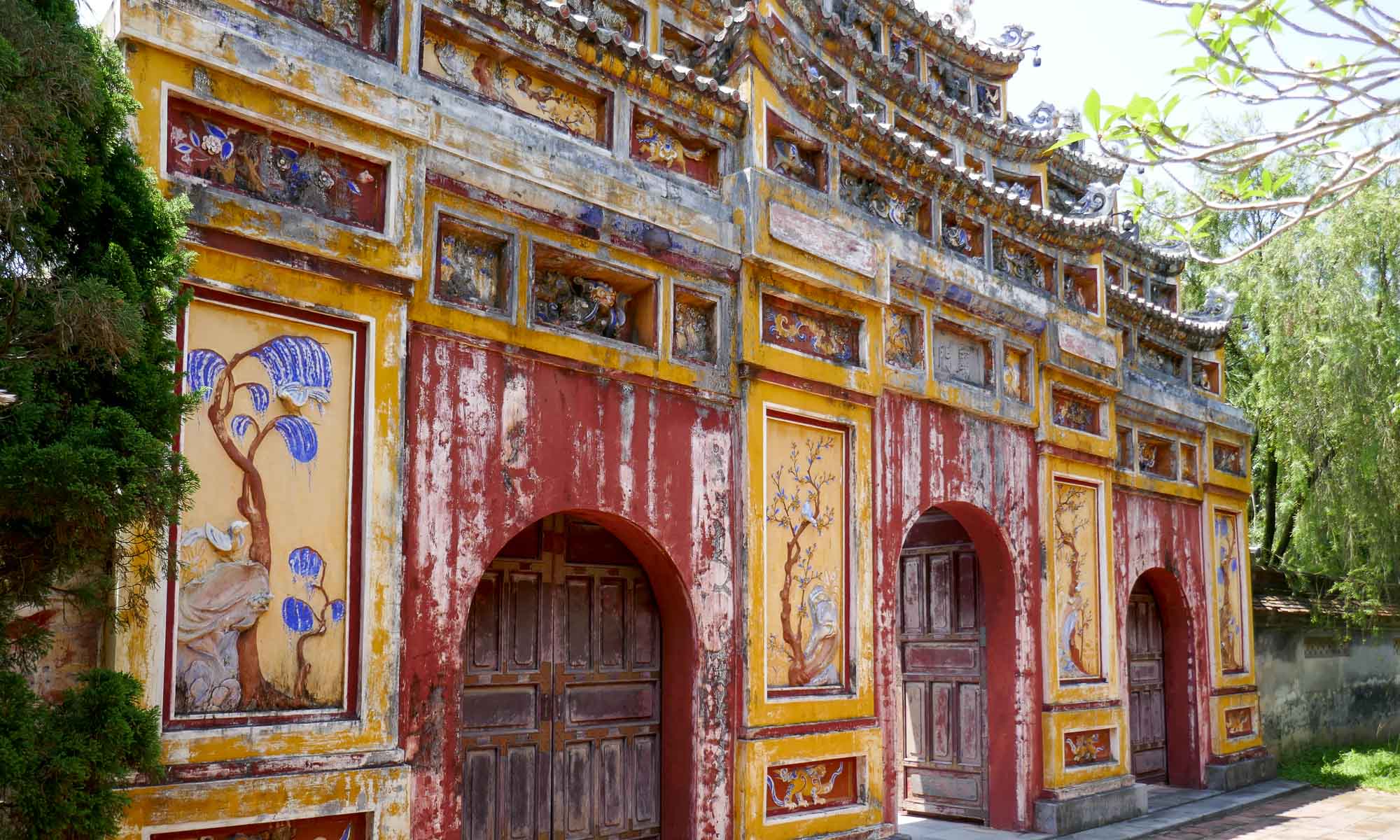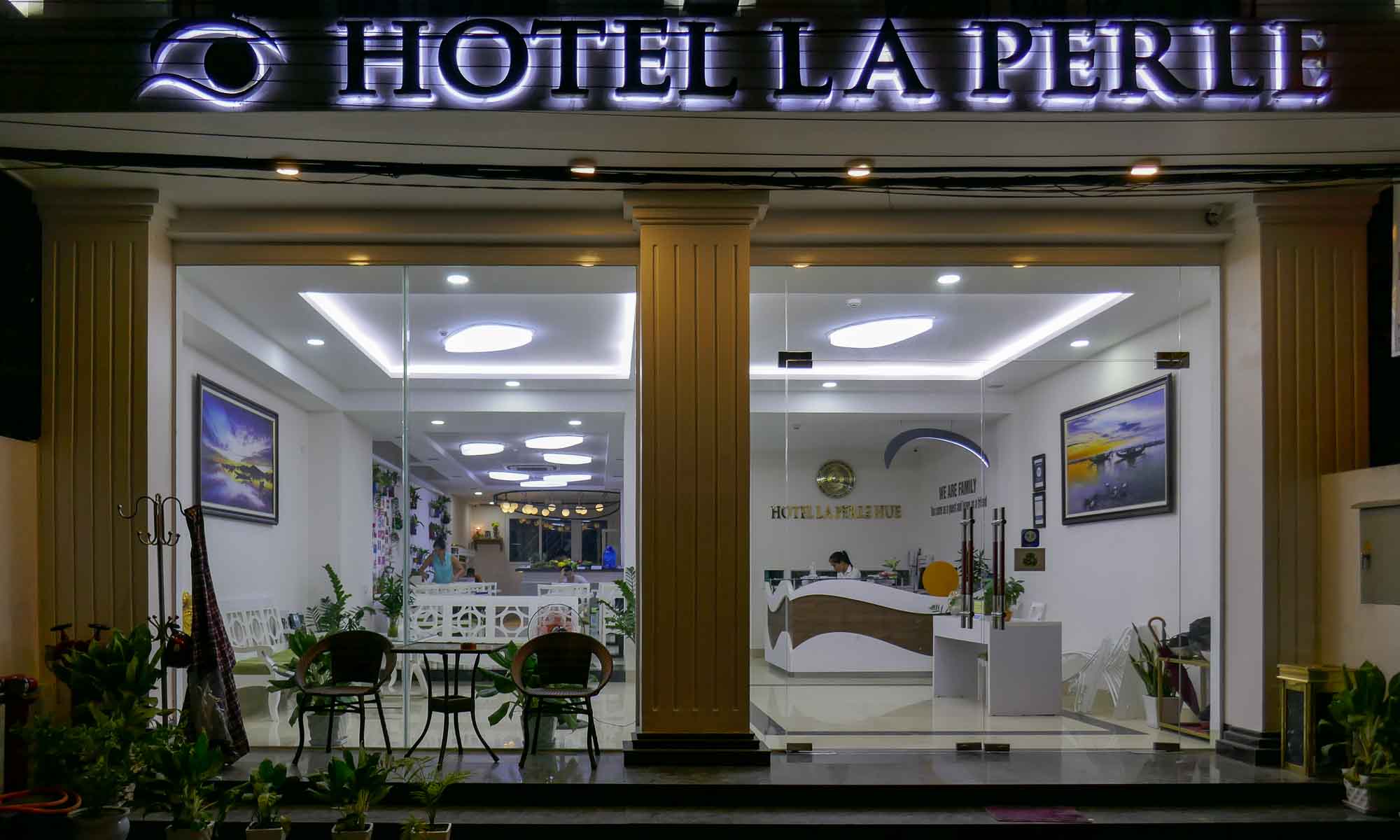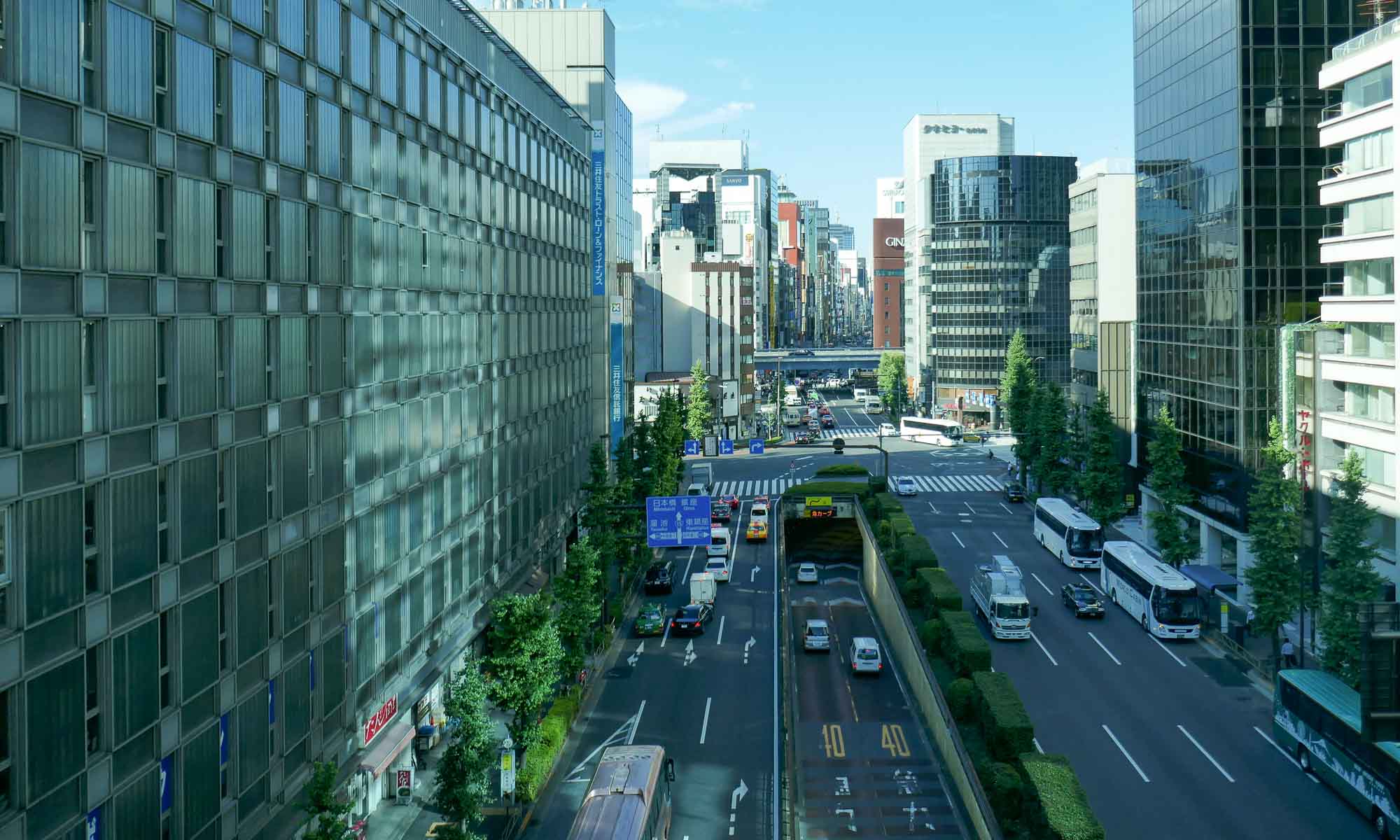When looking at a map, Hue, the former imperial capital, is located right in the middle of Vietnam. During the period when the south and north were recognised as separate states, this location was close to the border (on the southern side) as well as the demilitarized zone (DMZ) and resulted in the city being vulnerable during the Vietnam war. Unfortunately, as a result of the Tet Offensive (Tet Offensive) and the Battle of Hue (Battle of Hue) thousands were killed and the city destroyed.

On the surface, it appears that after over 40 years of communist rule, Hue would rather look forward than back and is making strides to move on. We visited during the Reunification holiday period and found the city in a celebratory mood, with parades and shows planned.

Highlights of Hue
Imperial City
The Imperial City is located within the Imperial Citadel, which is north of the Perfume River. The Imperial Citadel is vast and surrounded by a moat and stone walls 2m thick. Another set of walls and a moat were constructed around the Imperial City, which has an area of 36.3 hectares. Located within the central area of the Imperial City is the Purple Forbidden City, which is in an area of about 9 hectares.

The Imperial City was built from 1802 to 1833 and modeled after Beijing’s Forbidden City. It had been the most important political center of the Nguyen emperors and their families. It previously had consisted of about 140 structures, but the past wars have destroyed many of the buildings with a few being gradually restored. The area is included in the Complex of Hue Monuments, which was declared a UNESCO World Heritage Site in 1993.

It is definitely an impressive place, with lots of gardens and ponds and a very peaceful atmosphere. Some of the most spectacular buildings include the Thai Hoa palace, with the throne of all Nguyen emperors; the Dien Tho and Truong Sanh residences, the residential palaces of the Queen Mother and Grand Queen Mother; and the The To Mieu temple complex. We spent about 3 hours wandering around and thankfully there were a number of shaded areas to enjoy some respite from the sun.




Admission fee: VND 150,000 p/p (A package deal exists if visiting 2 or 3 tombs for VND 280,000 p/p or VND 360,000 p/p)
Tombs – Tu Duc
In addition to the Imperial City, there are several tombs of the previous emperors that can be visited. The most impressive of the tombs is thought to be the tomb of Emperor Tu Duc, which is 7km out of central Hue, so after renting a scooter for the day, we made our way out to the tomb. He reigned over the Nguyen dynasty from 1848 to 1883, and spent three years building his tomb. The tomb complex is quite picturesque and in some parts resembles a small park with its ponds and gardens and in others a small palace area. The emperor used the complex as a palatial retreat with his wives and concubines during his reign and at the end of this reign as a place of residence.




While his primary wife and adopted son were both buried in the complex, it has been said that the emperor was not actually buried here but in a remote area of Hue. This area remains unknown till today, as the individuals who buried him were all beheaded upon their return. Truth or fiction, who knows?
Admission fee: VND 100,000
Thanh Toan Bridge
Located 7 km out of Hue, we were told that if we wanted to avoid the crowds in Hue and enjoy a more peaceful experience we should visit the “Japanese Bridge”. We therefore made our way out of town, zooming pass rice fields and cows grazing in the middle of the highway. What we found at the other end was something other than peaceful. A swimming competition happening in the canal under the bridge, with the goal to snag a duck with clipped wings, and excited onlookers.


The bridge is referred to as the Japanese Bridge, purely because it is thought to resemble the Japanese Bridge in Hoi An. The construction of the bridge occurred during Emperor Le Hien Tong’s reign (1740-1786) and was requested by the wife of a high-ranking official in his court to facilitate transport and communication with the village, which was previously cutoff by the canal.
Dining in Hue
Shiva Shakti Indian Restaurant
Located amidst loads of restaurants, this restaurant ended up being the best place we tried in Hue. The food was tasty, and portion sizes were generous. The staff were both friendly and attentive, and even noticed when a customer that sat outdoors was harassed by a beggar. This is a place we would definitely recommend.
Golden Rice Restaurant
We came to this restaurant after reading the reviews on Tripadvisor, and were not disappointed. The restaurant had a nice atmosphere, and the food was decent including the free spring rolls.
Sleeping in Hue
La Perle Hue
We stayed at La Perle for three nights. Though rated #1 by Tripadvisor of hotels in Hue, first impressions definitely were not the best. We arrived in the rain and as it is located on an untarred road, we were greeted by muddy puddles. The inside of the hotel on the other hand was spotless and clean. The room and bathroom were decently sized and adequately furnished. Breakfast was based on a menu and prepared fresh, with the ability to order several options. The staff were incredible and at any time of the day coffee, juice or fruit could be ordered. Based on the service provided we would recommend the hotel.

Getting to Hue
Since there is no train station in Hoi An, we had to take a shuttle bus from Hoi An to the Da Nang train station. Earlier we had booked two soft-sleeper train tickets online (Baolau) which was a reasonably easy process at a cost not much higher than if we had purchased it at the train station. We booked a top and bottom berth on the same side, so we could both sit on the bottom berth and have no one above us. The trip took 2.5 hours, and went smoothly despite my earlier concerns.

Getting around Hue
The main tourist area is within walking distance from most hotels, while for those keen to venture further afield a scooter is the best option. We rented a scooter for one day and visited Tu Duc’s tomb and the Thanh Toan bridge.
Scooter rental: VND 10,000 (From Hidden Land Travel)



